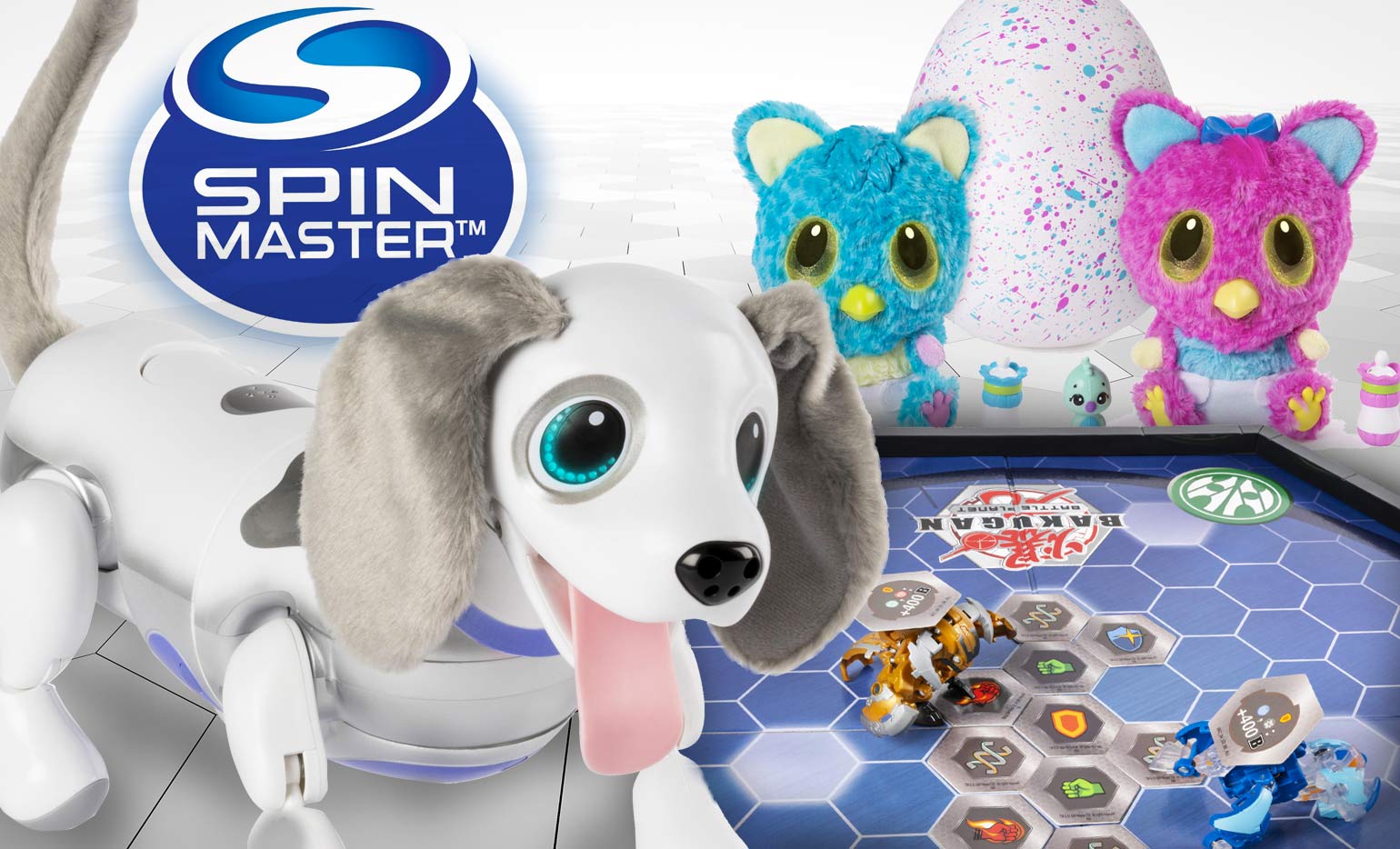The global toy market is growing at 3–4 percent a year, mainly in Asia. In the U.S., parents spend an average of $350 on toys per child per year. And with R&D investment, toys can be every bit as innovative as our digital devices. Look no further than Spin Master’s Hatchimals — toys that peck their way out of egg when cuddled and rubbed.
RBC’s John Stackhouse, Senior Vice-President, Office of the CEO, sat down in December 2018 with Spin Master Co-Founder and Co-CEO Ronnen Harary at RBCDisruptors.
Here are 6 lessons for innovators everywhere:
1. Build Your Own Empire
Spin Master created the cartoon phenomenon Paw Patrol by working backwards. About one-in-four toys is a licensed product, associated with a hit movie or show, but the bigger brands were always beating Spin Master for the rights. So instead of competing for rights to a franchise they didn’t own, Spin Master created an empire.
2. Use Tech As a Value-driver
A few years ago, the interactive technology to create a Hatchimal would have put its price point at $250 — way too high for the toy aisle. Today, you can buy one for about $80. Use technology to do things that haven’t been done before, at a price the market likes.
3. Respect Your Talent
Toy inventors are hard to find — there are only a couple hundred worldwide. Those relationships need to be nurtured. The duo who developed Zoomer, a voice-activated dog that responds to its name, have continued to create new toys for the company. Unlike many toy companies, Spin Master encourages inventors to stay involved in the process, and to share in the glory — including onstage when Zoomer won the 2014 Innovative Toy of the Year.

4. Stand Out From Your Competition
In the 1990s, Spin Master created “Key Charm Cuties” to compete head-to-head with Mattel’s Polly Pocket; but they couldn’t lure customers away from a trusted favorite without a significant point of difference. The lesson? Kids won’t settle for anything less than new and awesome.
5. Always Have Something in the Pipeline
Spin Master had a blockbuster hit with Bakugan, growing from a $450 million company to an $800 million company in just 21 months. But when interest in Bakugan dipped, it led to a major downturn for the company. Kids grow up, fads fade, and you always need to have your next great idea in the pipeline.
6. Don’t Obsess Over Your Failures
Not every toy is going to fly off the shelves. When something fails, no one person should be blamed — just like no one person should take credit when something succeeds. “Don’t ruminate about it,” said Harary. Move on to the next thing.
About RBCDisruptors
RBCDisruptors is an ongoing speaker series hosted by the Office of the CEO and moderated by SVP John Stackhouse. The series is designed to bring leading thinkers into RBC to talk about major shifts in the world around us. Featuring thought-provoking sessions on digital technology, changing workplaces and big shifts in consumer behaviour, RBCDisruptors helps RBC, its clients and partners better understand these changes and stimulate conversation on how we can seize related opportunities.
